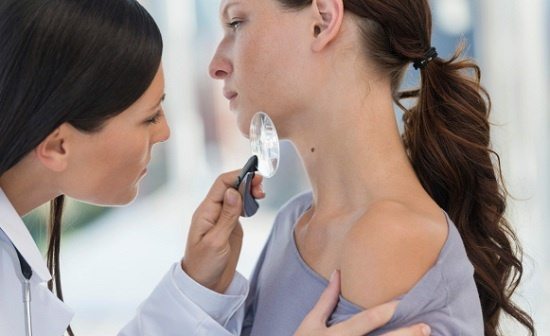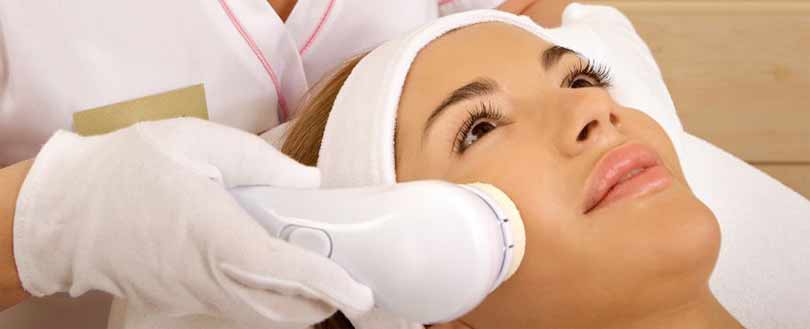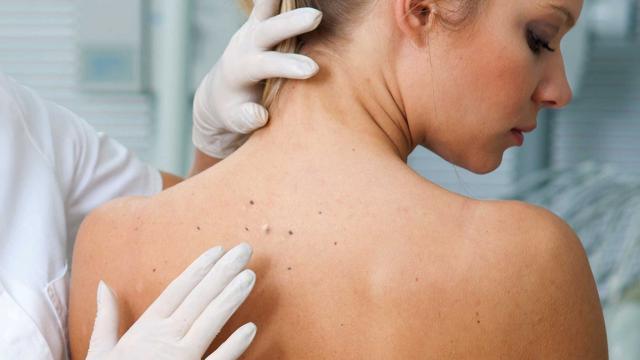
The skin is the best barrier for bacterial infection of the body. Several types of bacteria are present in the skin as it is in direct contact with the environment. Under normal circumstance, these bacteria are harmless and do not cause skin infections.
But in particular circumstance, these bacteria can cause skin infection, which can range from small spots to disease all over the body.
Who Are at Risk of Contracting Bacterial Infection?
The following people are at risk of contracting a bacterial infection of the skin
- Diabetic: People who are diabetes has a high level of sugar in their blood. This high level of sugar reduces the ability of white blood cells to fight the bacterial infection.
- People suffering from Auto–immune disease: People who suffer from an auto-immune disease like AIDS and HIV have lower immunity. Such people can contract bacterial infection very fast.
- People undergoing chemotherapy: Chemotherapy reduces the immunity of the body. Such people are also at high risk of contracting a bacterial infection of the skin.
What Are the Common Types of Bacterial Infection?
Let us have a look at the common types of bacterial infection that affect the skin
- Cellulitis: This appears as a red, swollen area on the surface of the skin. This swelling is painful, which can cause discomfort to the patient. Cellulitis mostly appears on the lower part of the legs.
- Impetigo: This is a type of bacterial infection that occurs on small cuts or wound in the body. It usually occurs in the face, arm, and legs and is commonly seen in small children.
- Boils: Boils are bacterial infections that occur in hair follicles. It appears as red-colored bumps on the skin. Since hair follicles are present all over the body, it can affect anywhere though it is commonly seen in face and neck.
- Leprosy: Leprosy is a chronic bacterial infection that is progressive. It affects not only the skin but also the lining of the nose and the upper respiratory system. It causes skin ulcers and, if not treated, can lead to disfigurement.
How to Treat Common Bacterial Skin Infections?
Skin specialist in Chandigarh treats bacterial skin infection in two ways – through topical application of ointment and oral antibiotics. The type of bacterial infection treatment recommended depends on the severity of the disease.
Here are a few ways in which dermatologist in Chandigarh treat bacterial infection.
- Cellulitis: The cellulitis is painful and causes discomfort to the patient. A dermatologist in Chandigarh recommends oral antibiotics for treatment. Along with oral antibiotics, painkillers are also prescribed to relieve pain. The patient is required to take proper rest and keep the leg at an elevated position to reduce swelling.
- Impetigo: If impetigo is mild, then topical application of antibiotic enough. The most commonly used antibiotics include amoxicillin and clindamycin. But if the impetigo is severe then the skin specialist in Chandigarh will recommend oral tablet of amoxicillin and clindamycin.
- Boils: Boils does not need any treatment as such as it ruptures and heals on its own. But if the boil is large and causes pain to the patient, then it should be cracked and drained to ease the pain. Warm compressors are used to speed the breaking of the boil.
- If the boil does not rupture even after using a warm compressor, then you should consult a skin specialist in Chandigarh. They will manually crack and drain the boil using sterile instruments.
- Leprosy: Leprosy treated through oral antibiotics like Aczone, Minocin, Ocuflux, and Rifadin. Doctors may also prescribe anti-inflammatory drugs to reduce inflammation. The treatment for leprosy lasts for months and sometimes even years.
Prevention is better than cure. The best way to keep bacterial infection away is to maintain personal hygiene. Always wash hand with soap and water to prevent the spread of disease. Following the basic etiquette when coughing and sneezing and avoiding contact with an infected person helps a lot in preventing infection.









